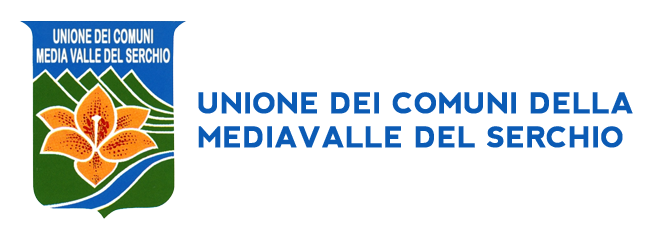La Media Valle del Serchio è costituita da due vallate principali quella del medio corso del fiume Serchio la parte terminale e del torrente Lima.
Stretta fra le Alpi Apuane e l’Appennino Tosco-Emiliano, è uno scrigno pieno di tesori artistici e naturalistici ed è l’ambiente ideale per chi vuole vivere a diretto contatto con la natura riscoprendo contemporaneamente la storia e l’arte.
La Media Valle conserva numerosi centri storici intatti e fortificati, un paesaggio pressoché integro ed un’economia prettamente agricolo-montana che si fonde con un’offerta turistica di qualità. Gli abitanti della Valle del Serchio sono stati per secoli contadini, pastori, boscaioli; oggi sono per la maggior parte operai, artigiani, impiegati, commercianti, ma tutti conservano vive le loro radici ed i valori di un tempo.
La cucina fa largo uso dei prodotti tipici, con piatti a base di pesce (trote della Lima e dei torrenti affluenti del Serchio), farina di castagne ottenuta nei numerosi mulini ancora oggi funzionanti e funghi porcini provenienti dalle selve di castagno e dalle faggete del territorio.
Qui le castagne sono state il cibo principale per intere generazioni assicurando nutrimento anche quando i periodi storici non erano proprio dei più felici. Ecco allora la “polenta di neccio” ( come si chiama qui la farina di castagne) spesso accompagnata con gli “ossi di maiale”, o le “tullore” ( castagne secche bollite nel latte) o il castagnaccio. Le carni sono sostanzialmente quelle del maiale o degli altri animali da cortile. E poi c’è il farro, oggi tornato in auge dopo anni di vita latente, la polenta di granturco, i fagioli, i dolci.
Fanno parte della Media Valle del Serchio i Comuni di Bagni di Lucca, Barga, Borgo a Mozzano, Coreglia Antelminelli e Pescaglia. Il Comune di Fabbriche di Vallico, attraversato dall’itinerario delle “vie del castagno”, dopo la fusione con il Comune di Vergemoli, avvenuta nel 2013, e divenuto Fabbriche di Vergemoli ed ha aderito all’Unione dei Comuni Garfagnana.
The Middle Serchio Valley is that part of Tuscan territory composed of the two valleys of the middle course of the River Serchio and the torrent Lima.
Enclosed between the Apuan Alps and the Tuscan-Emilian Apennines, it is a casket full of naturalistic treasures and the ideal environment for those who wish to be in direct contact with nature, discovering at the same time, the history and art of this valley.
The Middle Serchio Valley preserves numerous minor historical towns, an almost integral landscape and with an economy based mostly on mountain agriculture but with tourism as an important resource.
Its cuisine employs a wide range of typical products, with fish dishes (trout from the Lima and tributary streams of the Serchio), chestnut flour from the various mills still in existence today and Porcini mushrooms from the chestnut and beech woods of the area.
The inhabitants of the Serchio Valley have for centuries been farmers, shepherds and woodcutters; today they are mainly factory workers, artisans, clerks, tradesmen, but they all keep their roots and values of the past alive. Their cuisine makes wide use of local produce, with dishes based on fish ( trout from the Lima and tributary streams of the Serchio), chestnut flour obtained from the numerous (today still existing) mills and porcini mushrooms from the chestnut and beech woods of the area. Here, chestnuts have been the principal food source for entire generations ensuring nutriment even in the darkest periods of its history. Here then, the “Polenta di neccio” (as the chestnut flour is called) often accompanied with “ossi di maiale” (pork bones) or with “tullore” (dried chestnuts boiled in milk) or with castagnaccio. Meat dishes are mostly pork or poultry. There is also spelt, which has made a come-back after years of insignificance, corn polenta, beans and cakes.
The Middle Serchio Valley comprises the municipalities of Bagni di Lucca, Barga, Borgo a Mozzano, Coreglia Antelminelli. The municipality of Fabbriche di Vallico through which runs the “vie del castagno” itinerary, following its amalgamation with the municipality of Vergemoli, in 2013, and re-named Fabbriche di Vergemoli has adhered to the Union of municipalities of Garfagnana.




